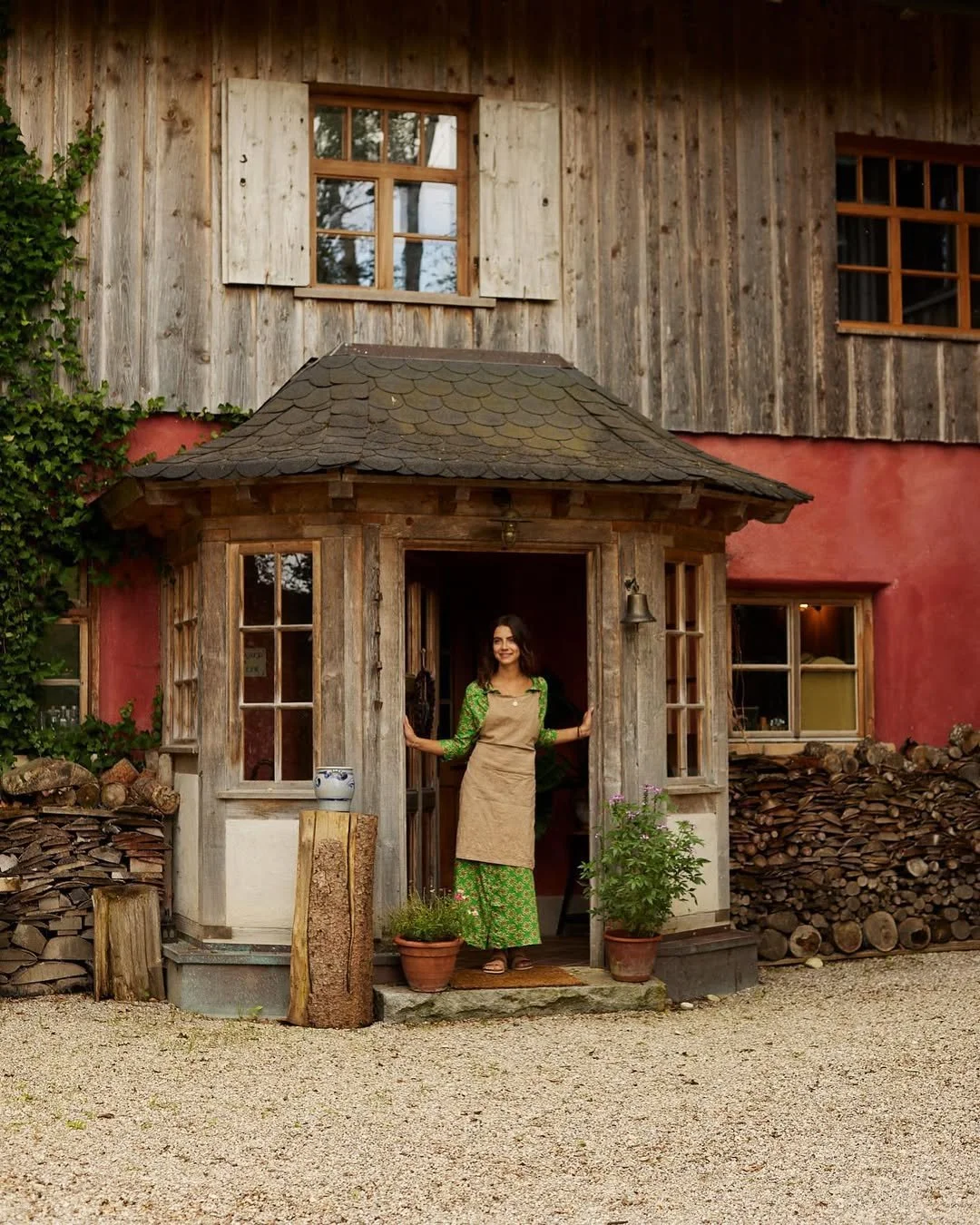Retinol Ritual
In the soft glow of a late evening mirror, there’s a quiet ceremony unfolding. Cleanser gently rinsed away. A drop of serum cradled between fingertips. A whisper of moisturiser. And finally, a precise application of retinol, that potent alchemist of the skin.
This nightly ritual, unassuming in its choreography, holds within it a surprisingly complex science. Done right, it’s a slow burn towards luminous skin. Done wrong, it’s a crimson, flaking descent into irritation. The trick, as with most things that endure, is restraint.
Retinol, the regal member of the vitamin A family, has long been crowned the gold standard of skincare actives. Its devotees are drawn to promises of refined texture, softened lines, tighter pores, and skin that carries a subtle, healthy tautness. Retinol doesn’t mask; it re-trains. Like a personal trainer for the epidermis, it boosts collagen production, increases cell turnover, and gradually rewires how skin behaves. But here’s the catch, it’s just as capable of burning bridges as it is of building them.
The paradox lies in its power: that very efficacy is what leaves so many red-faced, sometimes literally. The initial phase of use, often referred to as retinization, is marked by dryness, redness, peeling, and the occasional bout of itchiness. For those unacquainted with the terrain, it can feel like an allergic reaction. In reality, it’s the price of acceleration.
Retinol speeds up cellular turnover, shedding the outermost layer of the skin, the stratum corneum, at a brisk pace. This compromises the skin’s barrier, leading to increased transepidermal water loss. The lipid matrix, which holds skin cells together like mortar between bricks, begins to unravel. The result? Irritated, moisture-starved skin.
Enter: the humble, hardworking moisturiser.
Far from an afterthought, moisturising with intention is the foundation of any successful retinol regimen. It’s the buffer that softens the blow, the diplomat that negotiates peace between potent active and delicate dermis. The right formula replenishes ceramides, cholesterol, and fatty acids, restoring the skin’s architecture, calming inflammation, and maintaining an optimal pH for enzymatic function. When layered thoughtfully, it turns a retinol routine from punishment into poetry.
So how does one begin?
The Golden Rule: Go Slow
This is not a race. There are no prizes for diving in at 1% retinol and emerging with skin that resembles sun-dried tomato. In fact, the opposite. The most successful routines build gradually, week by week, frequency by frequency.
Start with once a week. Then twice. Non-consecutive nights, think Monday and Thursday. Wait several weeks. Move to three nights, perhaps Monday, Wednesday, Saturday. Allow the skin to build tolerance in tempo, not in haste. Like a fine wine or a well-tailored jacket, retinol performs best when given time.
Skip the Clash
Retinol plays best with a minimalist cast. On nights when it takes centre stage, shelve any additional heavy-hitting actives. That means pressing pause on glycolic, lactic or mandelic acids. Give L-ascorbic acid, a commonly used form of vitamin C, a miss as well; its low pH can intensify irritation when used alongside retinoids. Benzoyl peroxide, another acne stalwart, should be used in the morning instead.
There are exceptions. Gentler forms of vitamin C, like tetrahexyldecyl ascorbate, can coexist peacefully with retinol. But the general rule holds: keep it simple, and let the retinol shine.
Layering, the Artful Way
There are three schools of thought when it comes to layering, each suited to a different skin temperament.
The Purist: For seasoned users with resilient skin, retinol can be applied directly after cleansing. Follow with serums, then moisturiser. This approach offers the full potency of the active, with minimal buffering.
The Cautious Optimist: Beginners or those unsure of their skin’s resilience might begin with a serum or essence, apply retinol next, and then moisturise. This method gently cushions the retinol without compromising its effectiveness.
The Buffer Method: For ultra-sensitive skin, the order reverses. A serum, then a thick moisturiser, then retinol. Yes, it slightly dilutes the retinol. But it also dramatically reduces the risk of burning, peeling, and long-term barrier damage. In this case, less really is more.
The Tools of the Trade
Choosing a moisturiser for this ritual is not about indulgence, it’s about insulation. Not every jar will do. Avoid those spiked with vitamin C or exfoliating acids on retinol nights. Instead, look for formulas that are gentle, fragrance-free, and rich in humectants and emollients.
A few stand out for their unfussy elegance.
At the lighter end of the spectrum, Avene’s Calm + Restore Oat Gel Moisturizer is a perennial favourite. It’s a quiet workhorse, packed with glycerin, oat extract, and panthenol. It delivers hydration without weight, ideal for buffering without overwhelming.
Those craving something richer might reach for the First Aid Beauty Ultra Repair Rescue Skin Barrier Balm. With colloidal oatmeal and a balmy texture, it’s soothing enough for windburn and retinol redness alike. It’s also a clever dupe for La Roche-Posay’s famed Cicaplast Baume B5, but with a softer, more tactile finish.
For a distinctly Korean twist, Illiyoon’s Ceramide Ato Concentrate Cream, often dubbed the “CeraVe of Korea”, offers a triple lipid complex that restores skin without fuss. It’s recently found its way into Sephoras across Europe and has developed a quiet cult following.
And then there’s the indulgent Jordan Samuel Moisture Recovery Cream, a thick, buttercream-like concoction of squalane, ceramides, and shea butter. It feels like dessert for the skin, decadent but deeply reparative.
For extreme cases, when retinol goes rogue and irritation takes the reins, there’s only one answer: diaper rash cream. Yes, truly. The zinc oxide in formulations like Triple Paste or Bepanthen acts as an anti-inflammatory shield, reducing redness, itchiness, and flaking. It’s the equivalent of a cashmere blanket for battered skin.
A Word on Eyes and Neck
These areas, delicate and thin-skinned, require their own protocol. Never apply retinol directly to the eyelids or just beneath the lower lash line. Instead, apply a thick buffer cream, like Jordan Samuel or First Aid Beauty, to the area first. Then dab a small amount of retinol overtop. The same goes for the neck, which is prone to what’s colloquially known as “retinol burn.” Moisturiser first, then retinol. Always.
One final cautionary tale: the mouth. Or more precisely, the area around it. It’s famously prone to peeling and irritation. Dab on a little moisturiser before your retinol here too, think of it as your invisible lip liner.
In Pursuit of Skin Intelligence
There is something quietly noble about doing this right. About resisting the urge to accelerate, to overuse, to peel and burn. The true luxury is not the jar or the price tag, but the wisdom to go slowly, to listen, and to build resilience.
Retinol is not a trend. It’s a discipline. One built on patience, on careful pairing, on knowing when to stop and when to resume. It rewards consistency over intensity, elegance over aggression.
And at the end of it all, at 88, when the face still catches the light just so, it’s not the percentage of retinol used that matters. It’s the ritual. The care. The restraint.
It’s knowing that the art of great skin was never in the ingredient alone. It was in the way it was worn.

















